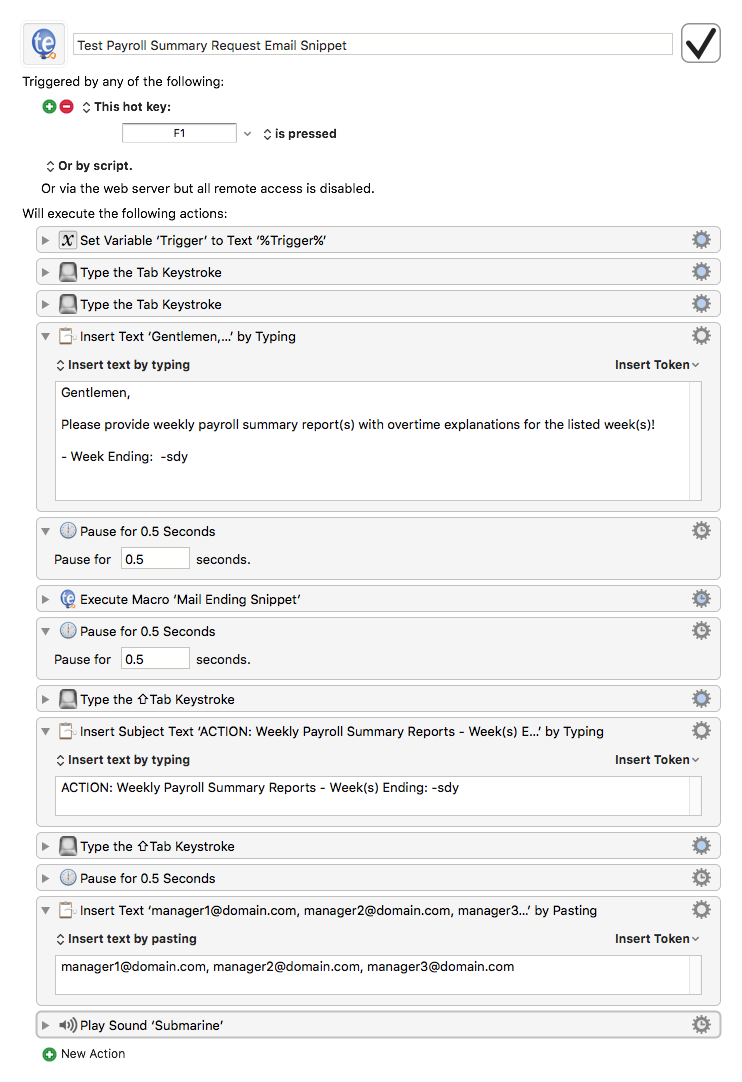
You can always ask an expert in the Excel Tech Community or get support in the Answers community. To edit a macro, in the Developer tab, click Macros, select the name of the macro, and click Edit. In Macro name list, select ListCommands > Run.
#RUN MACRO KEYBOARD WORD 2010 CODE#
On the Developer tab, in the Code group, click Stop Recording. What to Know View tab > Macros group > Macros > View Macros > select Macros in drop-down menu > Word commands. On the Developer tab, click Record Macro. In the Customize the Ribbon category, in the Main Tabs list, select the Developer check box, and then click Save. Go to Excel > Preferences… > Ribbon & Toolbar. By default, the Developer tab is not visible, so do the following: Make sure the Developer tab is visible on the ribbon.
#RUN MACRO KEYBOARD WORD 2010 HOW TO#
To learn about how to run a macro, see Run a macro. To learn more about creating macros, see Create or delete a macro. This time, see if anything different happens! Perform the actions you want to record for your macro. Select From A List Of Macros To run the macro from a list of other macros after you’ve recorded it, don’t click the Button or Keyboard buttons. Some of the code will probably be clear to you, and some of it may be a little mysterious.Įxperiment with the code, close the Visual Basic Editor, and run your macro again. by clicking a button in the Quick Access Toolbar by using a keyboard shortcut 1. See how the actions that you recorded appear as code. To edit a macro, in the Code group on the Developer tab, click Macros, select the name of the macro, and click Edit. In Outlook 2010, you need to show the Developer ribbon first. For example, you could press the keys Ctrl + Shift + M, and that key combination will be entered into the field automatically. To run the macro from Outlook 2007 or older, go to Tools, Macro, Macros and select the macro.

You can learn a little about the Visual Basic programming language by editing a macro. In the Customize Keyboard window, click in the Press new keyboard shortcut key field, then press the combination of keys you want to use for executing the macro in Microsoft Word. On the Developer tab, click Stop Recording. Perform the actions you want to automate, such as entering boilerplate text or filling down a column of data. Optionally, enter a name for the macro in the Macro name box, enter a shortcut key in the Shortcut key box, and a description in the Description box, and then click OK to start recording.

In the Code group on the Developer tab, click Record Macro. For more information, see Show the Developer tab. Macros and VBA tools can be found on the Developer tab, which is hidden by default, so the first step is to enable it.


 0 kommentar(er)
0 kommentar(er)
